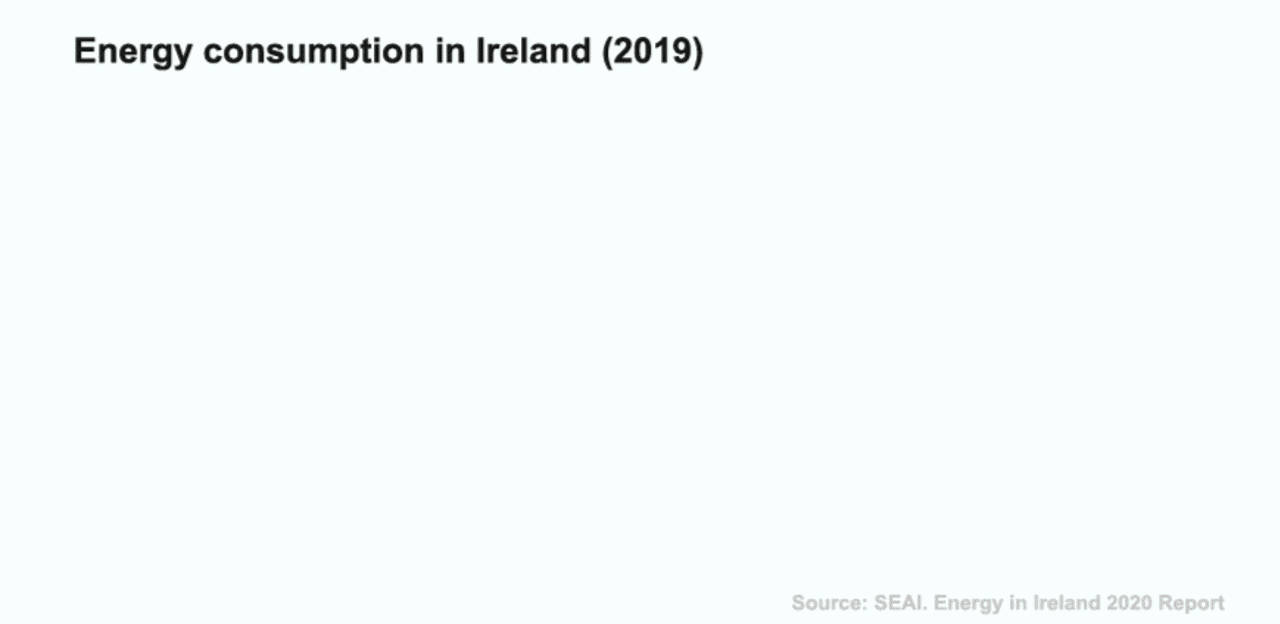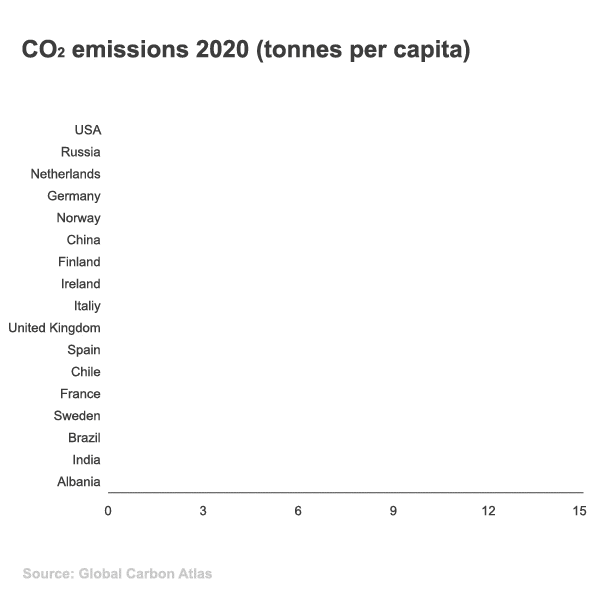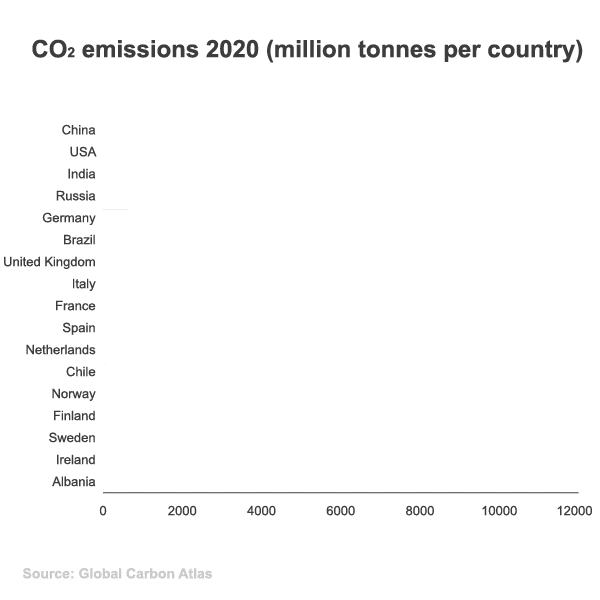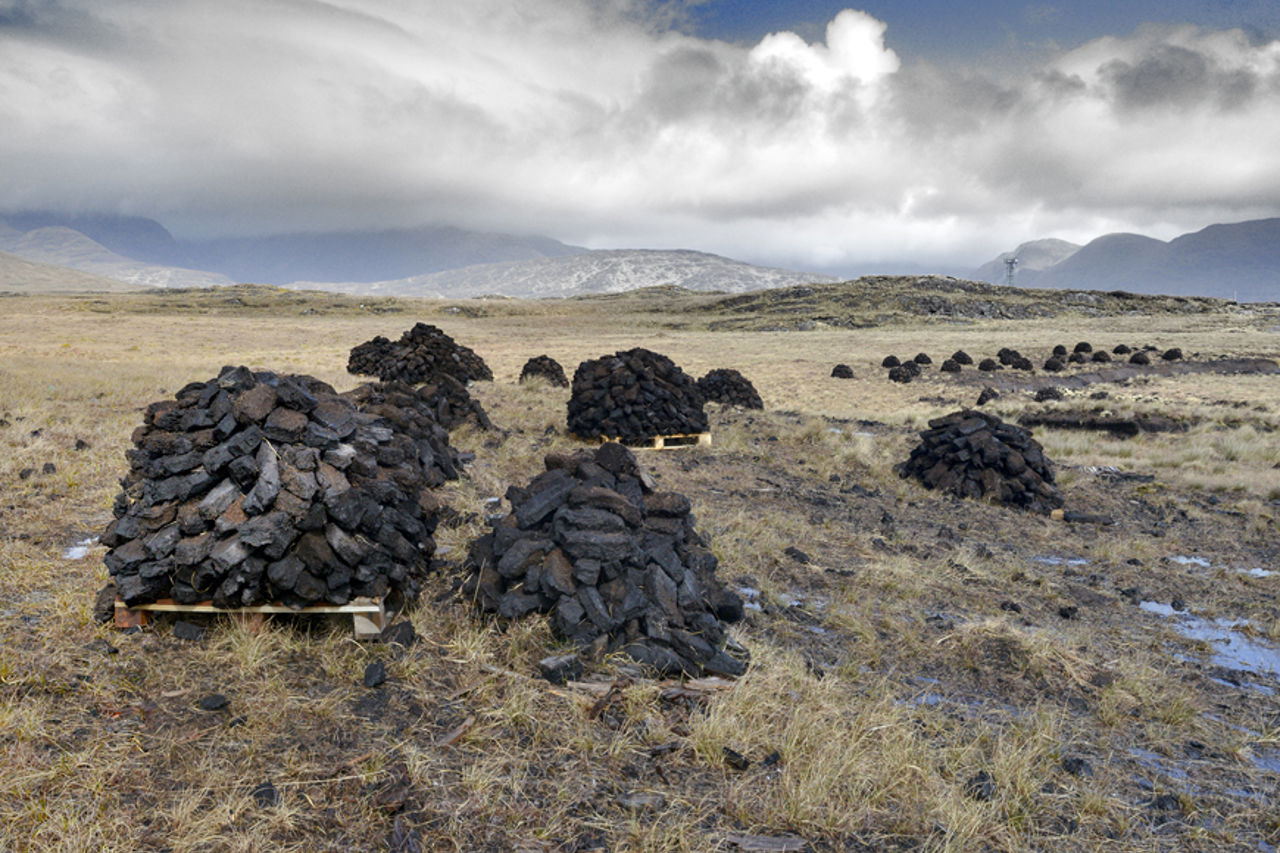
So far, only a small portion of Ireland's total energy needs is covered by renewable sources – primarily wind power.
Country series: Ireland with an ambitious climate action plan
About 40 per cent of Ireland's electricity currently comes from renewable sources, but the country aims to increase this to 70 per cent by 2030.
"Statkraft is heavily involved in the development of renewable energy in Ireland, including onshore wind and solar, offshore wind, and power grid solutions. All of this contributes to decarbonising Ireland's electricity generation system," says Kevin O'Donovan, Managing Director of Statkraft Ireland.

Effects of the financial crisis
Ireland is currently one of the countries in Europe that is furthest away from meeting its targets for climate emissions. It has higher emissions per capita than most other European countries. There are several reasons for this: Ireland was severely impacted by the financial crisis of 2008–2009, and in the following years jobs and economic growth were prioritised over climate action. The country has succeeded in recovering from the financial crisis, but its economic growth has led to increased use of fossil energy, especially in transport and heating.
In addition, Ireland has a large agricultural sector with an enormous production of meat and milk. While Irish agricultural products have one of the lowest carbon costs per kilogram, the sheer volume of agricultural production means that 30 per cent of greenhouse gas emissions in Ireland comes from agriculture. The EU average is 11 per cent.


Fossil challenges
Ireland has so far invested relatively little on renewable energy, and is only just setting out on the path of electrification of other sectors than the energy sector. Currently only 10 per cent of the country's energy needs is covered by renewable sources – primarily wind – while 90 per cent comes from oil, gas and peat.
Ireland has, however, committed itself to a fairly demanding green shift in the economy in general and in the energy sector in particular. In 2015, Irish authorities presented a plan for Ireland's low-carbon future. The Government committed to reduce emissions from the energy sector by 80–95 per cent by 2050 compared to 1990 levels.
In a report from 2019, the International Energy Agency (IEA) questioned how realistic these targets were – partly because Ireland had not managed to reduce emissions as previously planned and partly because the country was not on track to meet its targets for 2020 or 2030. According to the IEA, Ireland has the highest consumption of fossil energy for heating among all its member countries.
The use of peat and coal to produce energy is particularly harmful. In 2017, coal and peat produced 49 per cent of the carbon emissions from electricity production but generated only 19 per cent of the electricity. But Ireland plans to cut its use of peat and coal sharply by 2025, which will encourage the use of other sources of energy.
"Harvesting peat for energy production has been practised in Ireland for generations, so a transition away from this source of electricity production will pose many challenges for rural areas," says O'Donovan.
"However, we believe that local energy production from wind and solar can boost jobs and the economy and help local communities in these areas to survive," he says.






















